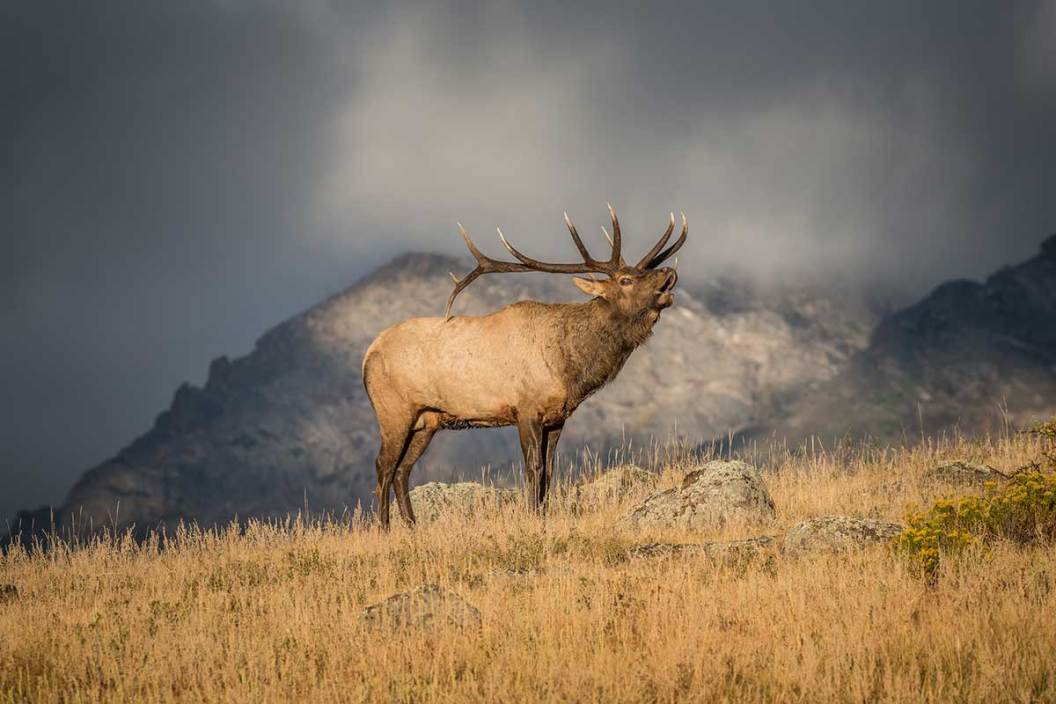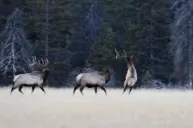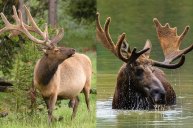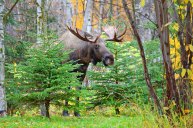Here are just a few wild things about this iconic animal you may not know.
Those of us who are lucky enough to spot elk in the wild know how majestic and awe-inspiring these huge animals are.
But what else do you know about elk (besides how delicious their meat is)? Let's find out.
Their antlers are trippy
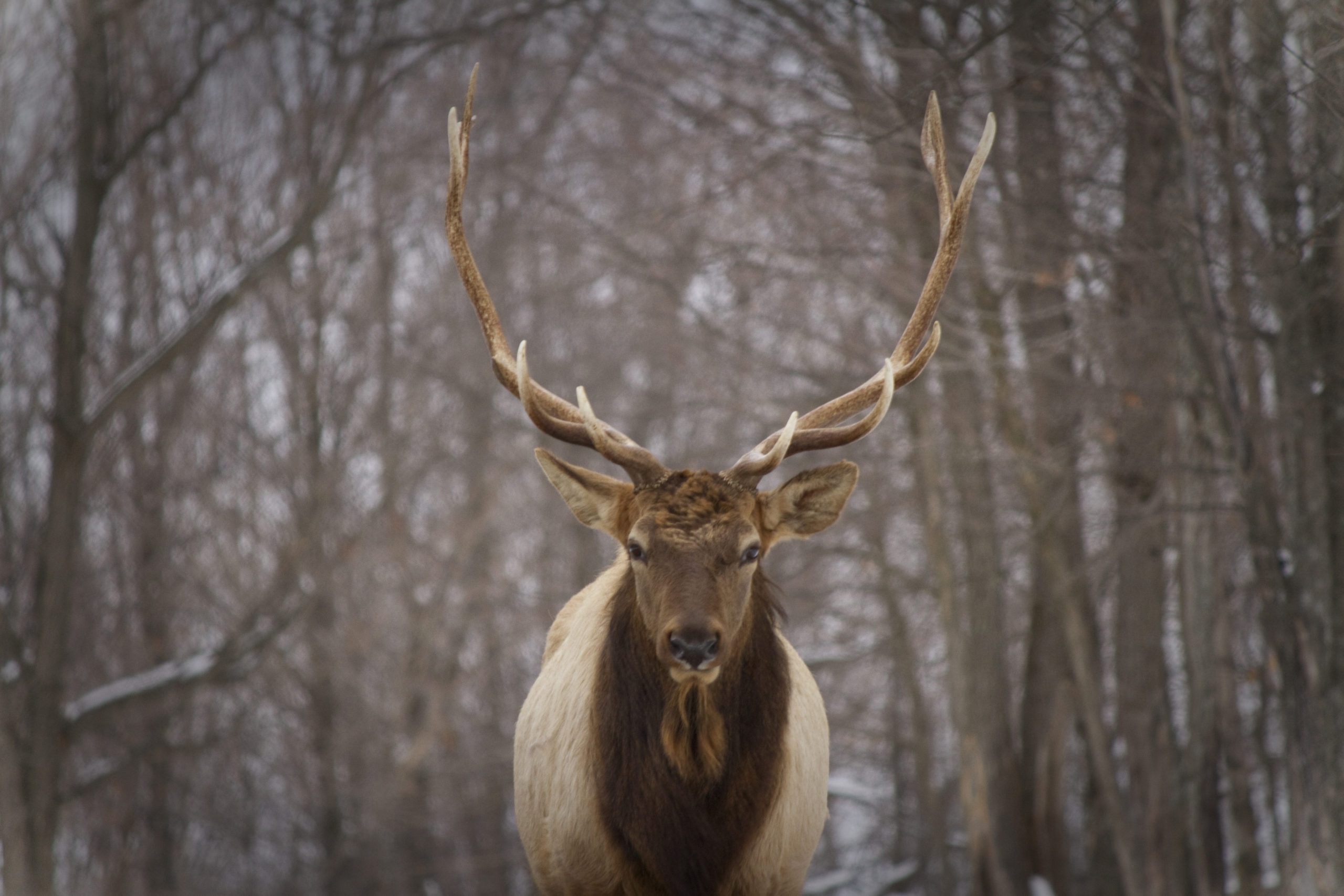
swissmediavision/Getty Images
Elk antlers can grow an inch or more every day. This growth depends on how much and how soon the bull gets sunlight. By the time the antlers are done, they can weigh as much as 40 pounds! And rarely, a cow elk will grow antlers in the case of imbalanced hormones.
Their legs are pretty amazing, too

RichardSeeley/Getty Images
In a horse race, the elk would win by a long shot. Elk can run a maximum speed of 45 mph, whereas their domesticated equine friends can reach about 29 mph on average (44 mph is a record race speed for a horse). Moreover, they can leap vertically up to eight feet high with style and grace.
They're the loudest in the deer family

rpbirdman/Getty Images
When September arrives, so does the elk mating season, when bulls show off their bugling skills to attract a mate and declare their territories. You can't miss it when they let out this high-pitched roar, around sunrise and sunset and sometimes into the night. This bugle is about 2 kilohertz (compared to a child, on average 0.3 kilohertz). Scientists only recently discovered that elk roar and whistle using their lips and nostrils at the same time, thus causing that famous bugle.
They eat meat
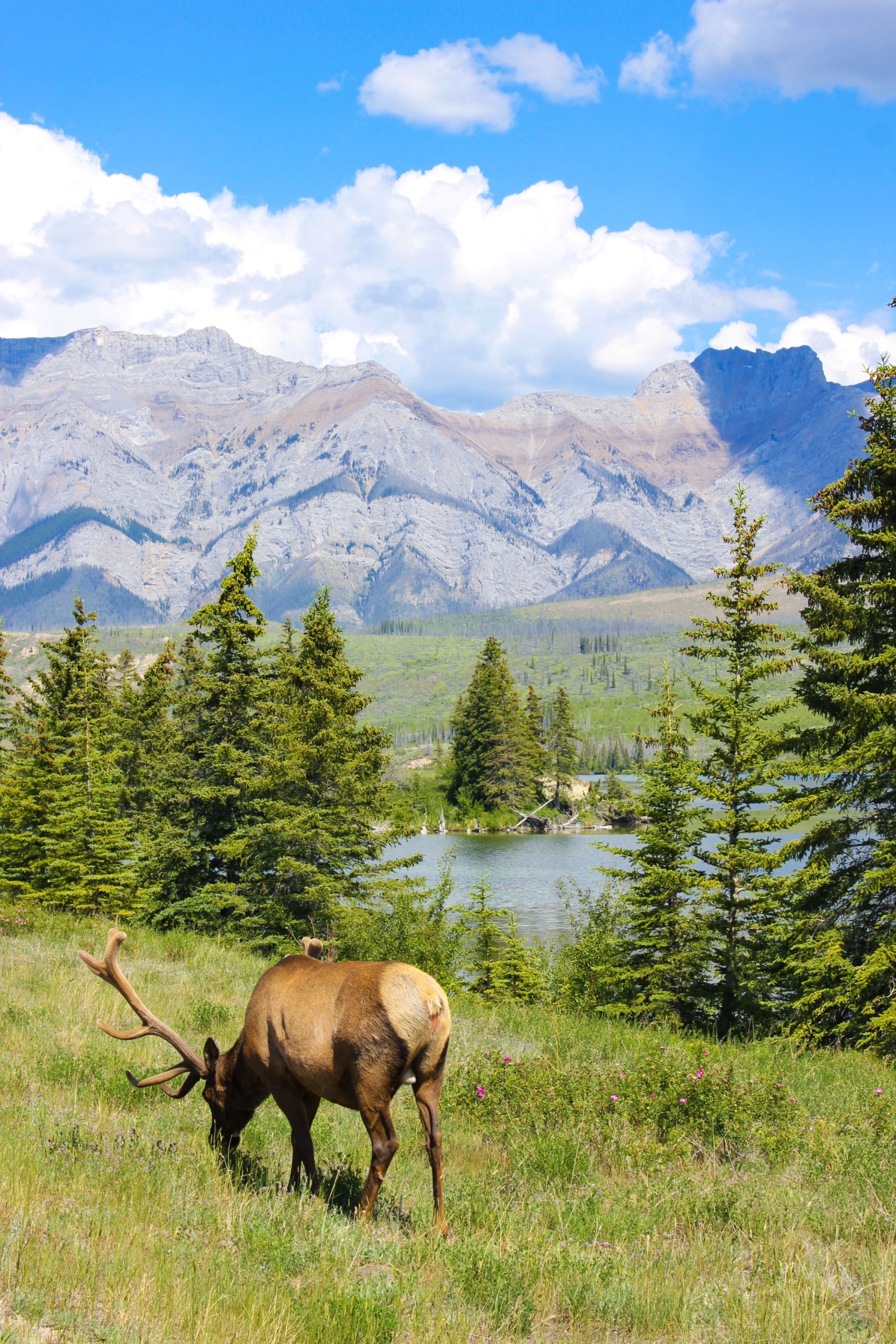
DawnieFung/Getty Images
No, they're not going to drag you down screaming like an antlered monster out of a horror movie. Generally speaking, yes, elk are herbivores - until they aren't. Their usual diet is grass and shrubs, but they occasionally will supplement this with meat if they're undernourished or need certain minerals. A video posted to Instagram by Nature Is Metal showed an elk chowing down on a rabbit, and Good Bull Outdoors posted a video of a cow elk hunting birds and eventually catching and eating a gosling.
They once had tusks
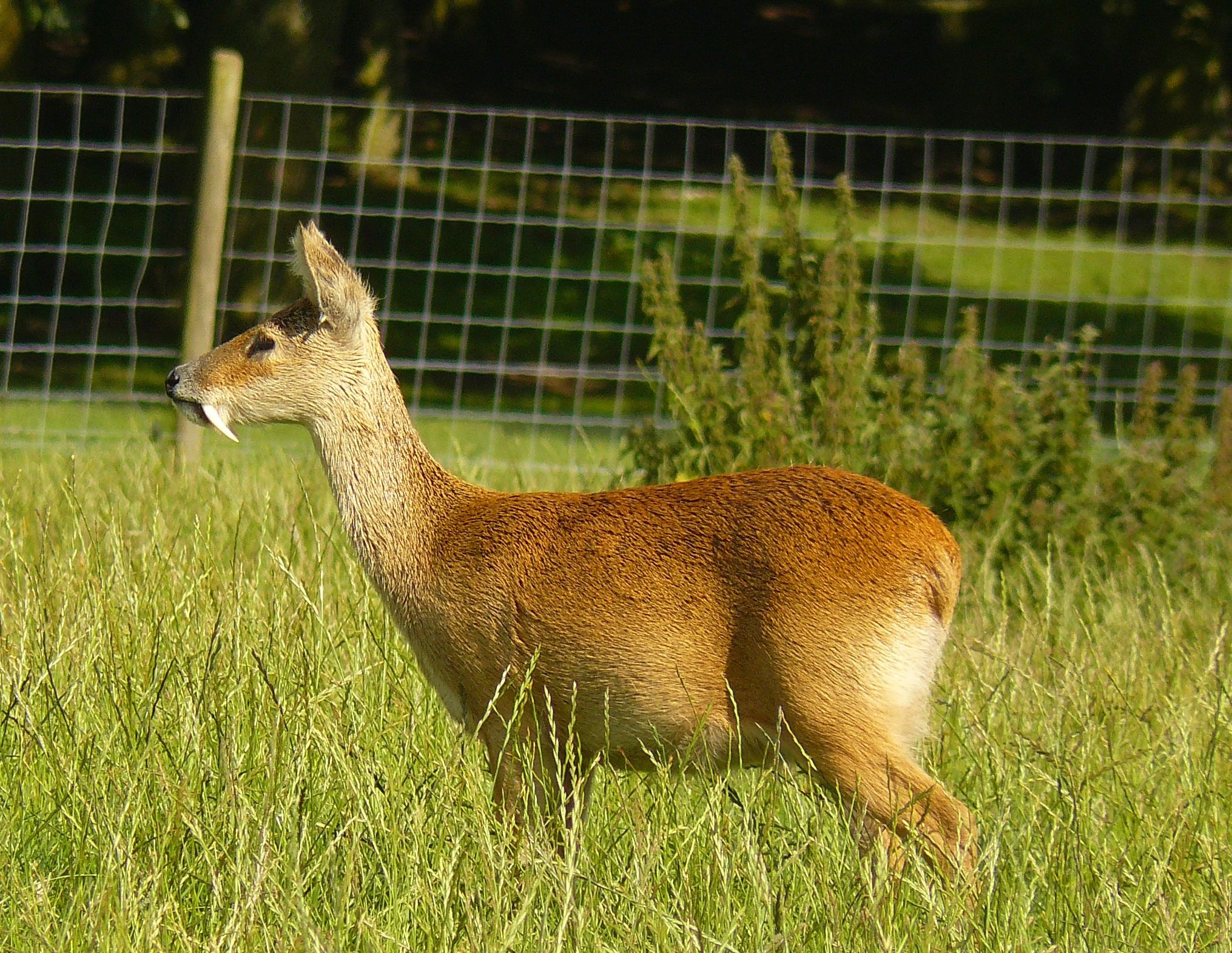
By Altaileopard/https://commons.wikimedia.org/w/index.php?curid=15811909
If you ever see an elk bare its teeth, you might want to get out of the way. This is an ancient behavior the animals still exhibit from when they had sharp tusks (retained by their relative, the musk deer, pictured above) to fight off predators and battle rivals during the rut. Over millions of years, these tusks regressed into the ivory-like canine teeth prized by hunters, who collect them to both honor the animal and use in jewelry.
They hide their young
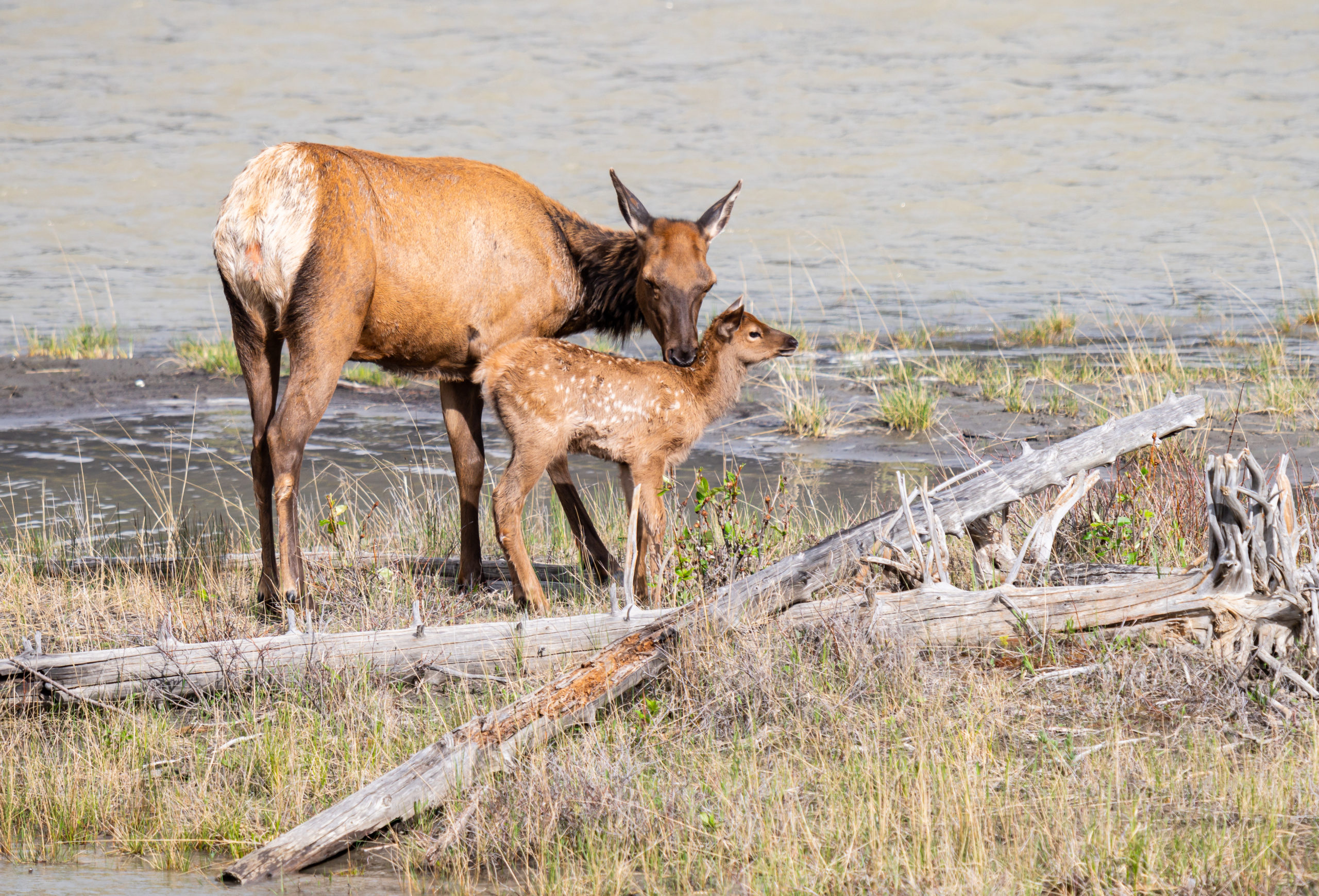
Jillian Cooper/Getty Images
When giving birth, the female finds a brushy area to hide her baby in. The baby, born scentless and with a spotted hide for camouflage, lays motionless there for about 16 days while mama scans for predators.
Their name is a bit misleading
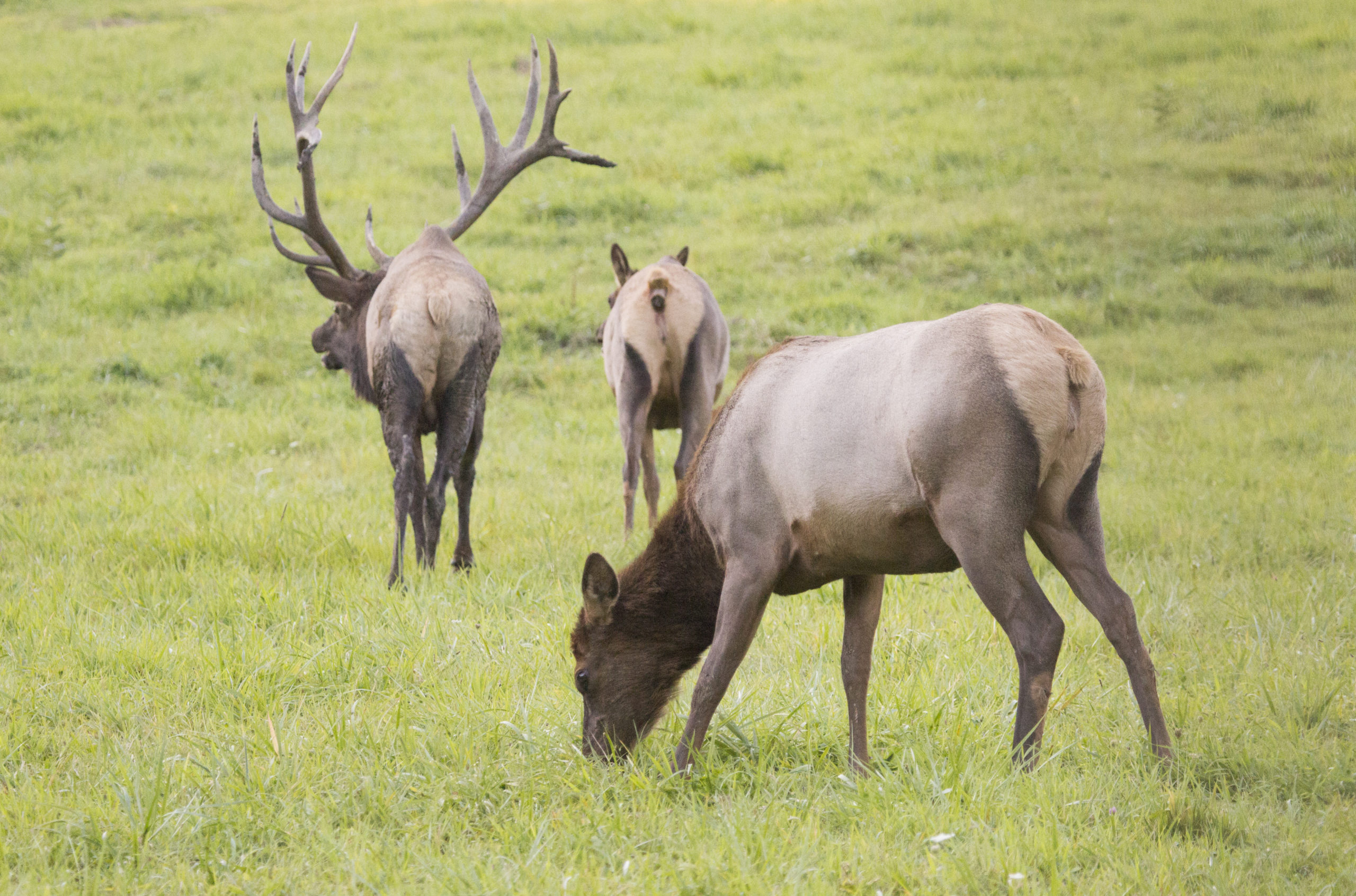
JZHunt/Getty Images
The word "elk" came from European settlers, which they used to describe the animal we know in America as the moose - it's why they're sometimes confused. Moreover, they're also known as wapiti, an Americanized version of the Native American word to describe them. The Cree and Shawnee nations used the word waapiti, which referred to the elk's white rump.
They're thankfully resilient
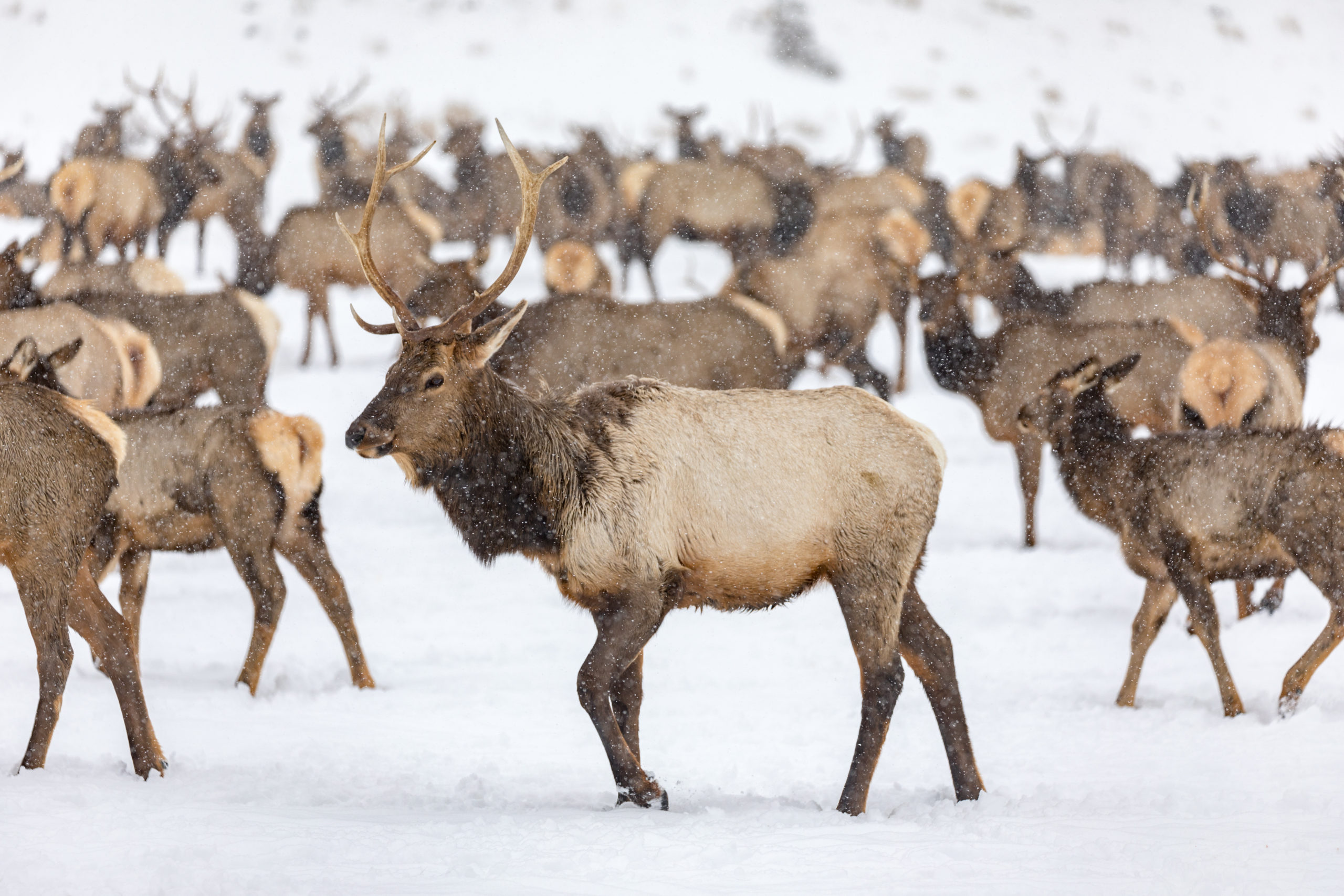
paulacobleigh/Getty Images
The elk's history resembles that of the American bison, having been overhunted nearly to the point of extinction. The eastern elk, which could grow to 1,000 pounds, once roamed the entire nation but the last of them was hunted by 1877. Tule elk in California were reduced to just five animals in 1875. Since conservation measures were implemented, populations have recovered and today most elk are considered "of least concern" on the list of threatened species.
Bonus: Cooking idea!
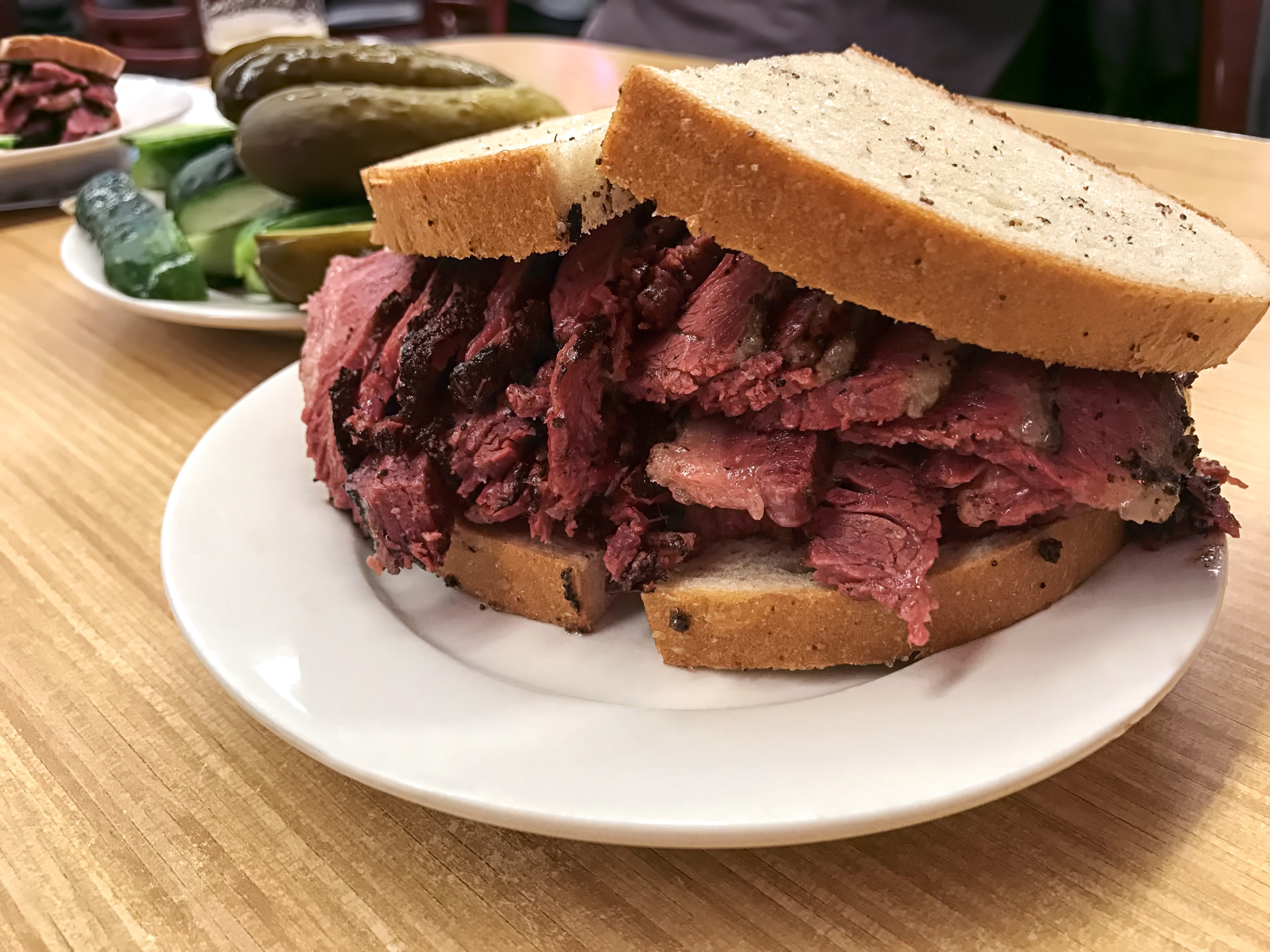
gerenme/Getty Images
Have you tried elk pastrami? Brine round or sirloin cuts in a mix of salt, sugar and spices for 4-5 days, add your favorite rub, smoke or grill it until it reaches 145 degrees, then steam in the oven at 275 for 60 minutes. Rest, cut and serve on rye with mustard and sauerkraut. It's kind of like corned beef, and if sealed and refrigerated, it will stay good for weeks.
See more at our Wide Open Spaces Instagram!
NEXT: THE 8 MOST COVETED HUNTING TAGS AND LICENSES IN AMERICA
